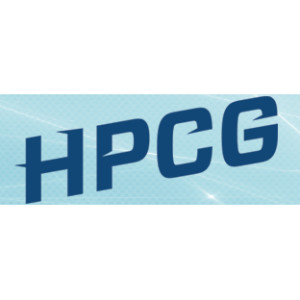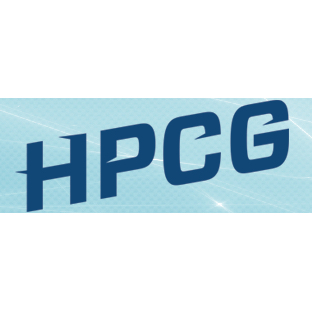 The latest High Performance Conjugate Gradients (HPCG) Benchmark list will be announced in a special session this week at ISC 2015. This is the third list produced for the emerging benchmark designed to complement the traditional High Performance Linpack (HPL) benchmark used as the official metric for ranking the Top 500 systems.
The latest High Performance Conjugate Gradients (HPCG) Benchmark list will be announced in a special session this week at ISC 2015. This is the third list produced for the emerging benchmark designed to complement the traditional High Performance Linpack (HPL) benchmark used as the official metric for ranking the Top 500 systems.
The first HPCG list was announced at ISC’14 one year ago, containing 15 entries and the SC14 list had 25. The current list contains more than 40 entries as HPCG continues to gain traction in the HPC community.
The 3rd list contains entries from many of the top 50 HPL systems but exhibits a significant shuffling of the HPL rankings, indicating that HPCG features are exposing different and complementary system characteristics.
Highlights from the 3rd HPCG list
- HPCG list of supercomputing sites now features 40 entries, most of them from the very top of the TOP500 list.
- New supercomputers (also coming to TOP500) featured on this edition are from Saudi Arabia Shaheen II from Cray and Lomonosov 2 (based on NVIDIA Kepler) a followup to Lomonosov (based on NVIDIA Fermi) from the Russian computer company T-Platforms.
- Strong showing from Japan and NEC SX vector computer that achieves over 10% of peak performance of HPCG in comparison to a few percentage points for the rest of the machines.
- Updated results from TACC with larger scale of the system tested.
- IBM BlueGene machines make their first appearance on the list.
About the HPCG Benchmark Project
The High Performance Conjugate Gradients (HPCG) Benchmark Project started two years ago as an effort to probe important characteristics of a computer system, highlighting and rewarding investment in system features, such as high performance interconnects and memory systems, and fine grain cooperative threading, that are important to a broad set of applications. HPCG has emerged as a complementary benchmark to the traditional High Performance Linpack (HPL) benchmark used to rank the Top 500 systems. The pair of number provided by HPCG and HPL act as bookends on the performance spectrum of a given system.
See our Full Coverage of ISC 2015 * Sign up for our insideHPC Newsletter.





